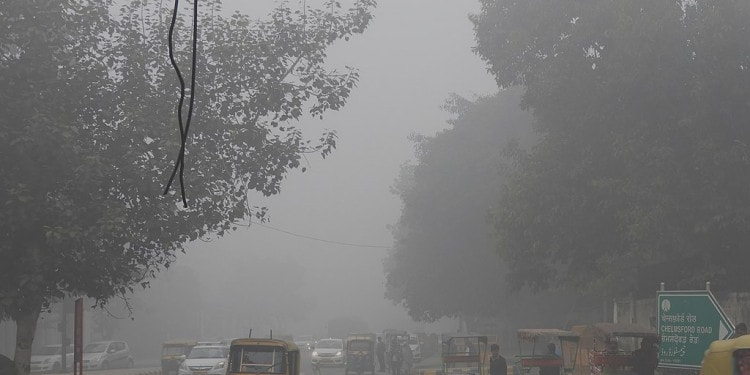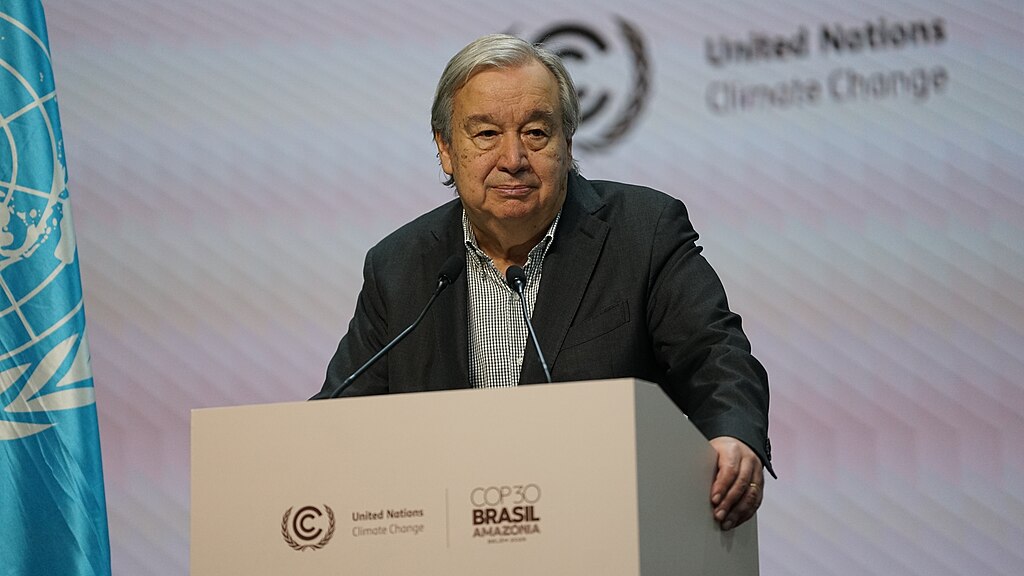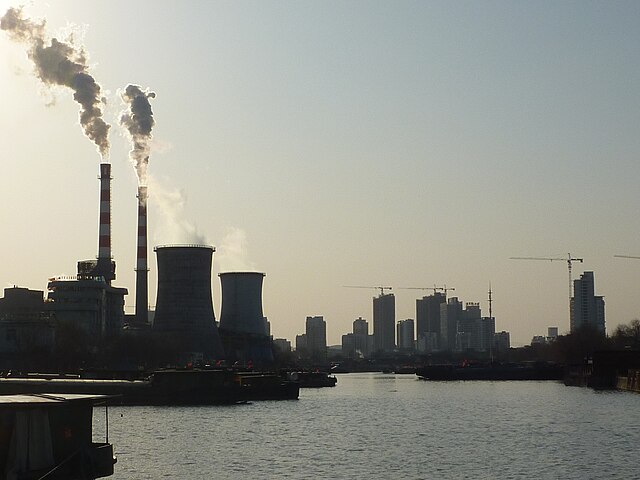Air pollution as a business opportunity, clean oxygen as the product. In the midst of the New Delhi air pollution crisis, a bar by the name of Oxy Pure has found a way to turn a profit. Customers pay 500 rupees or $6.98 USD for 15 minutes of pure oxygen (Delhi’s per capita income is US$5106 – making the service relatively expensive) where they can choose between different flavours, including orange and lemongrass.
The bar generally sees between 30 and 40 customers per day and also provides portable cans of oxygen products customers can take with them. Those who have tried the oxygen from Oxy Pure claim it makes them feel better temporarily but there is little scientific evidence to bolster this.
Many citizens are taking to social media to express their dislike for the oxygen bar, claiming it is nothing more than a gimmick that is taking advantage over the current public health crisis in the city. India’s Supreme Court has criticized the government for not making constructive efforts to combat pollution in New Delhi.
Related articles: New Delhi Air Pollution Emergency: 10 Times the Safe Limit
The Supreme Court also ordered a cessation on crop burning in areas surrounding New Delhi, as it has been found to be the largest source of air pollution in the city. Air pollution levels in New Delhi are particularly high during this time of year as the celebration of Diwali — which involves setting off fireworks and firecrackers in massive volumes — takes place in addition to crop burning.
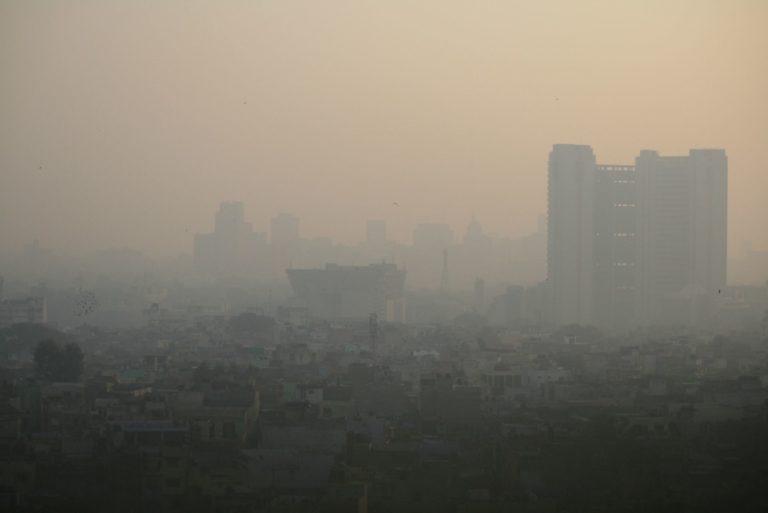
The oxygen bar is not the only scheme that is receiving criticism. New Delhi’s government has implemented an odd-even scheme that will keep 1.2 million vehicles off the road every other day. Vehicles with license plates ending in odd numbers are permitted to drive on odd number day and vice versa. This scheme has been widely criticized by industry experts and citizens alike as New Delhi’s government continues to come under fire for its lack of meaningful action during this public health emergency.
[A] public health emergency was declared in New Delhi several weeks ago when Air Quality Index (AQI) levels reached over 1,000. According to the World Health Organization, levels below 50 are considered to be safe.
As we previously reported, a public health emergency was declared in New Delhi several weeks ago when Air Quality Index (AQI) levels reached over 1,000. According to the World Health Organization, levels below 50 are considered to be safe. Air pollution of this severity can have severe health consequences. Short term effects include eye and throat irritation while long term consequences include increased rates of strokes, heart attacks, and lung disease.
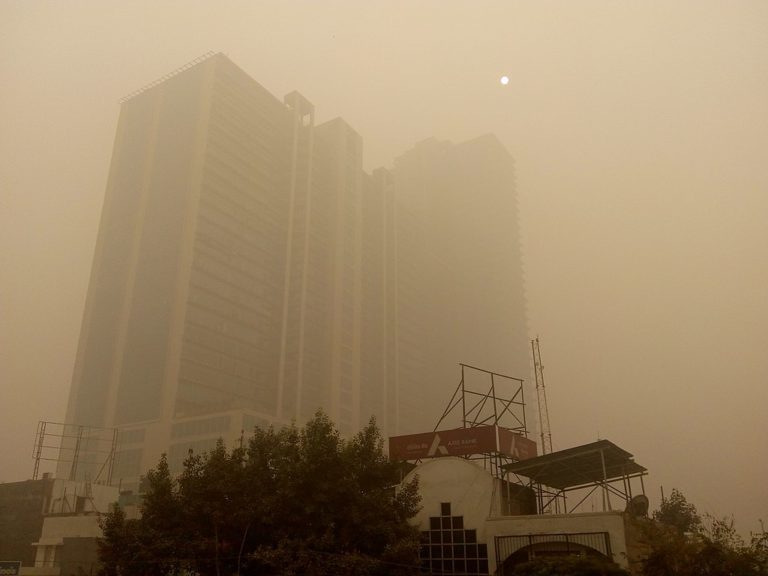
India is currently home to 22 of the 30 most polluted cities in the world. New Delhi faces the task of cutting air pollution by 65% in order to meet the clean air standard as current levels of air pollution in the city can reduce life expectancy by seven years. There is hope for New Delhi and the other Indian cities at the top of the rankings as China– which had previously dominated the rankings– has made significant improvements in recent years and has reduced AQI levels significantly.


